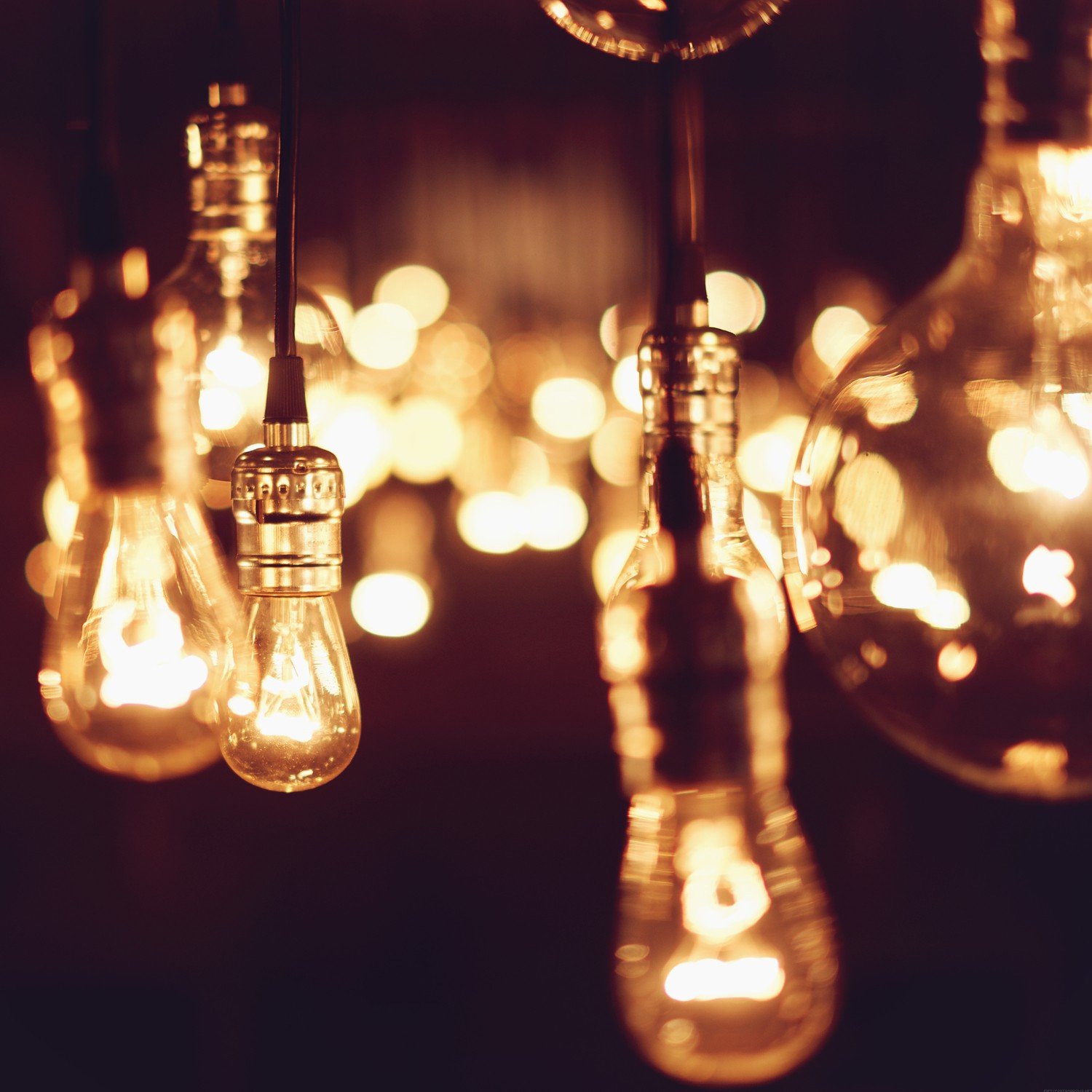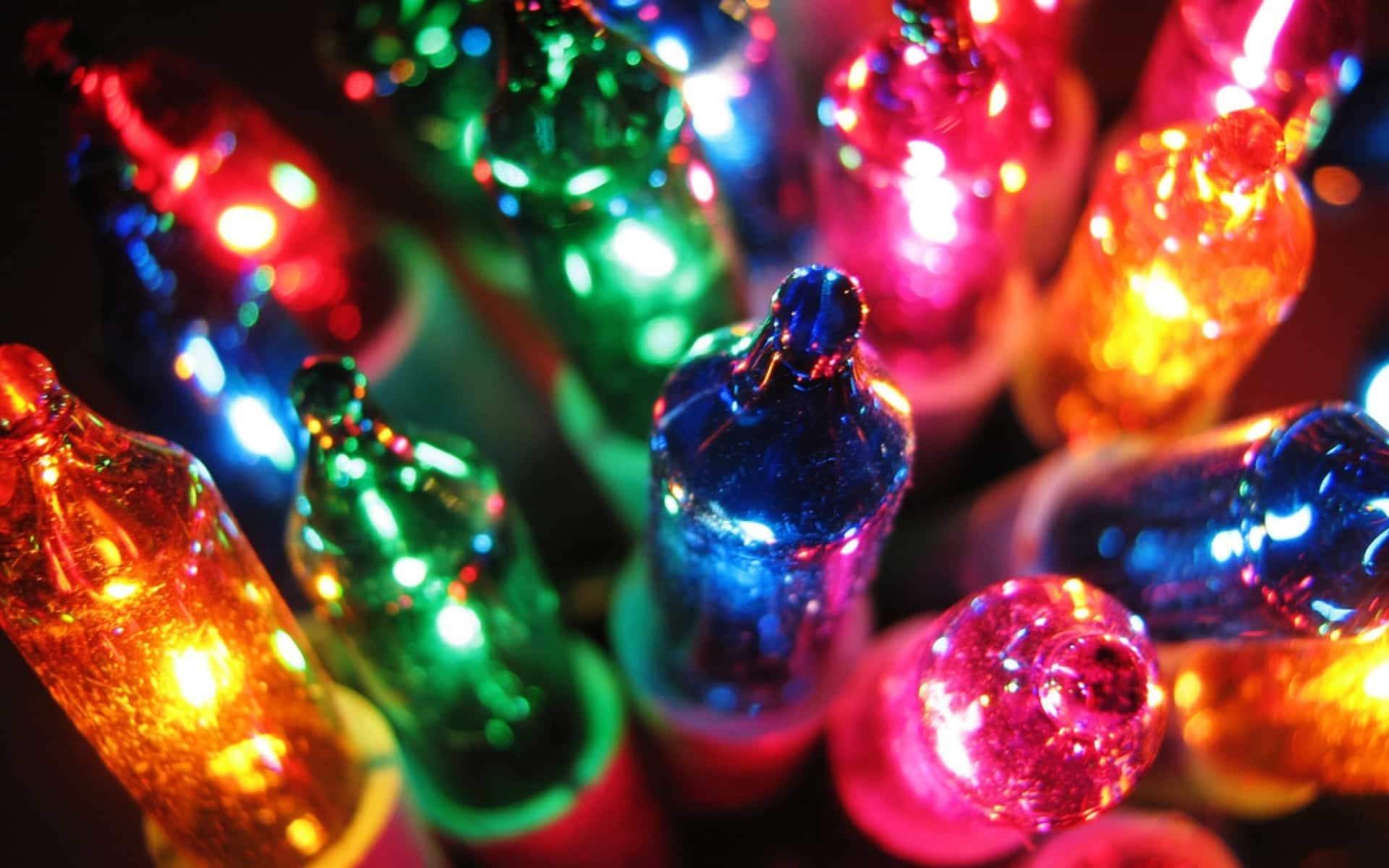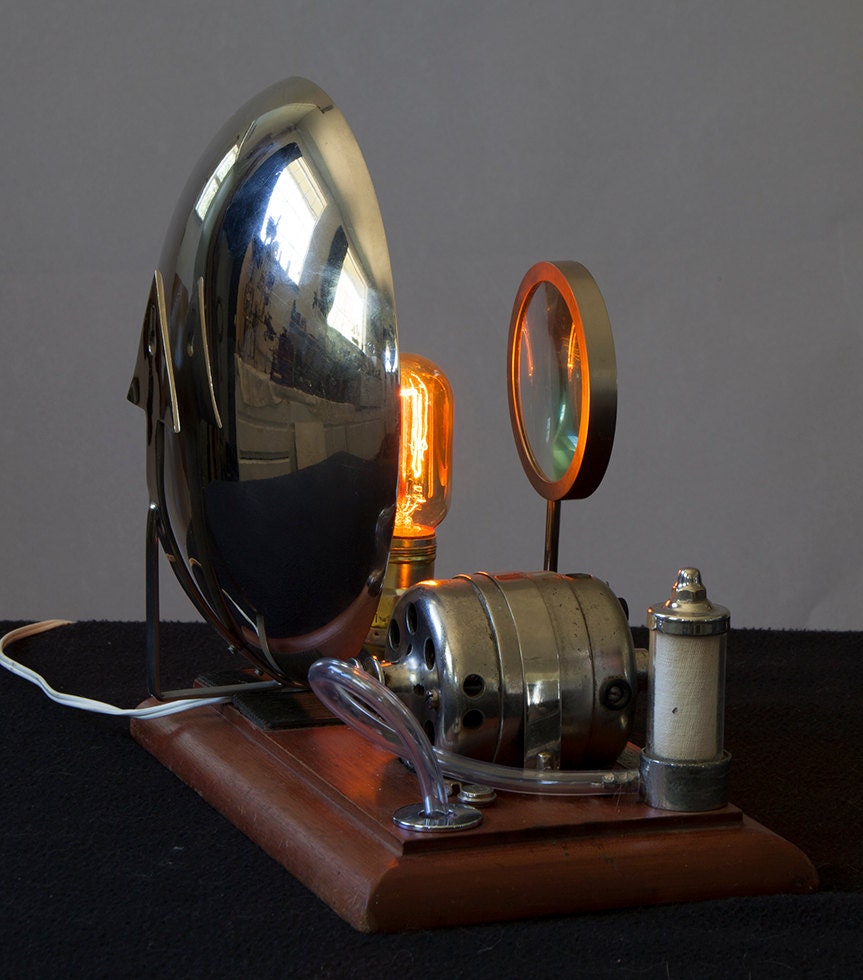
5) indicated the users' subjective feeling regarding different aspects of using the computer screen in the 7 Setups, especially on their eyes.

Though Setup 1 and Setup 2 performed slightly better regarding the neck (S) and the shoulder (T, Y), they were not statistically significant. Nearly all users reported discomfort of the buttock (O, P), the hip (C, V), the neck (S) and the shoulder (T, Y). It can be found that participants experienced similar discomfort of each part of the body regarding 7 setups. Figure 4 presents the normalized mean score of the LPD body map regarding 7 setups.

For the light intensity, participants preferred strong light (1500 lux, Setup 2 and 3) more than the medium (675 lux, Setup 6 and 7) and low light (375 lux, Setup 4 and 5) setups as the right of Fig. Participants felt more comfort and less discomfort with the warm light (3000K) than using the cold light (5000K) as illustrated at the left of Fig. Figure 3 presents comfort/discomfort scores regarding these variations. In all 7 setups, the color temperature and the light intensity have 2 and 3 variations, respectively. For discomfort, similar results were observed where Setup 2 (mean = 0.37 ± 0.34), Setup 3 (mean = 0.22 ± 0.30), Setup 5 (mean = 0.24 ± 0.28) and Setup 7 (mean = 0.24 ± 0.25) were statistically significantly better than Setup 1 (mean = 0.82 ± 0.29). significantly better (p = 0.001, 0.009, 0.004 and 0.007, respectively) compared to Setup 1 (pure dark environment, mean = 0.28 ± 0.31). The warm (3000K) and high intensity (1500 lux) light reduced the visual and cognitive fatigue of the user and therefore improve the comfort of the user during the use of a computer screen.Ĭomfort /discomfort regarding color temperature and light intensity of the lamp (Vertical axis: Comfort -0 = no comfort, 1 = high comfort Discomfort -0 = no discomfort, 1 = high discomfort). On the other side, the durations of blinks and the scores of three questions in the computer user questionnaire, were significantly correlated with discomfort. We also identified that the eye fixation durations, as well as the scores of two questions in the computer user questionnaire, have significant negative correlations with comfort. Subjective and objective measurement results indicated that users felt more comfortable with high intensity warm lights using a computer screen. The comfort/discomfort questionnaire, localized postural discomfort questionnaire, NASA task load index and computer user questionnaire were used to record the overall comfort/discomfort, the local perceived physical discomfort, the cognitive workload, and general/eye health problems, respectively. His/her neck and trunk movements were recorded by a motion tracking system as well. During each session, durations of the eye blinks, fixations and saccades of the user were recorded by an eye tracker. Fifteen healthy subjects participated in the experiments. The objective of this research is to identify the optimal desktop lighting for the comfortable use of the computer screen in a dark environment.Īn experiment was designed where seven illumination setups were introduced for the users to perform their leisure tasks on a computer screen.

The contrast between a bright computer screen and a dark ambient environment may influence comfort of the users, especially on their eyes.


 0 kommentar(er)
0 kommentar(er)
